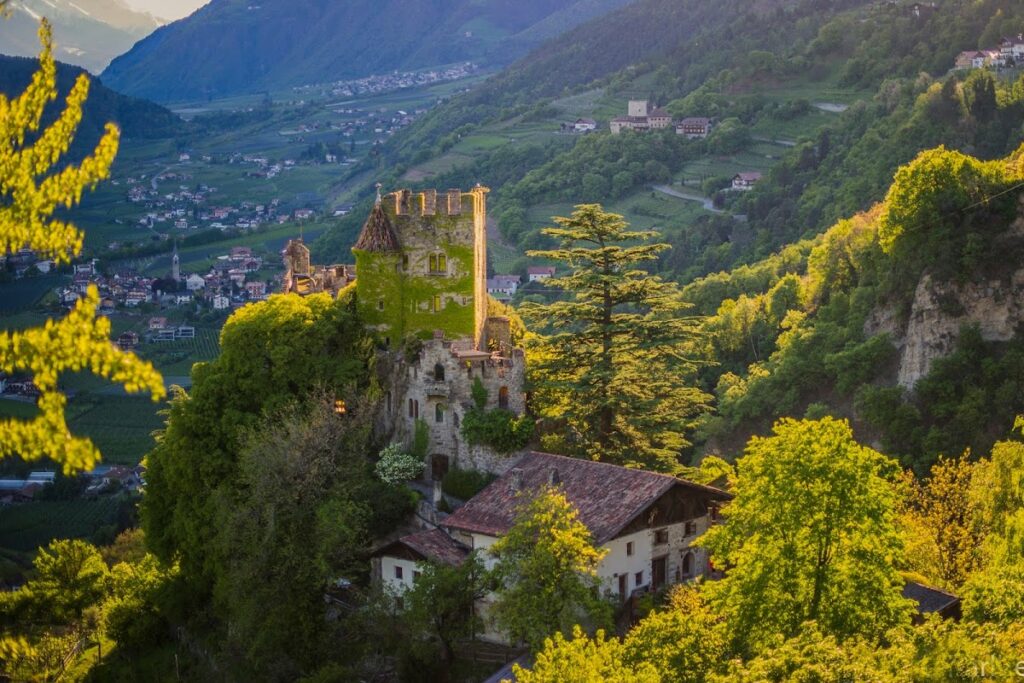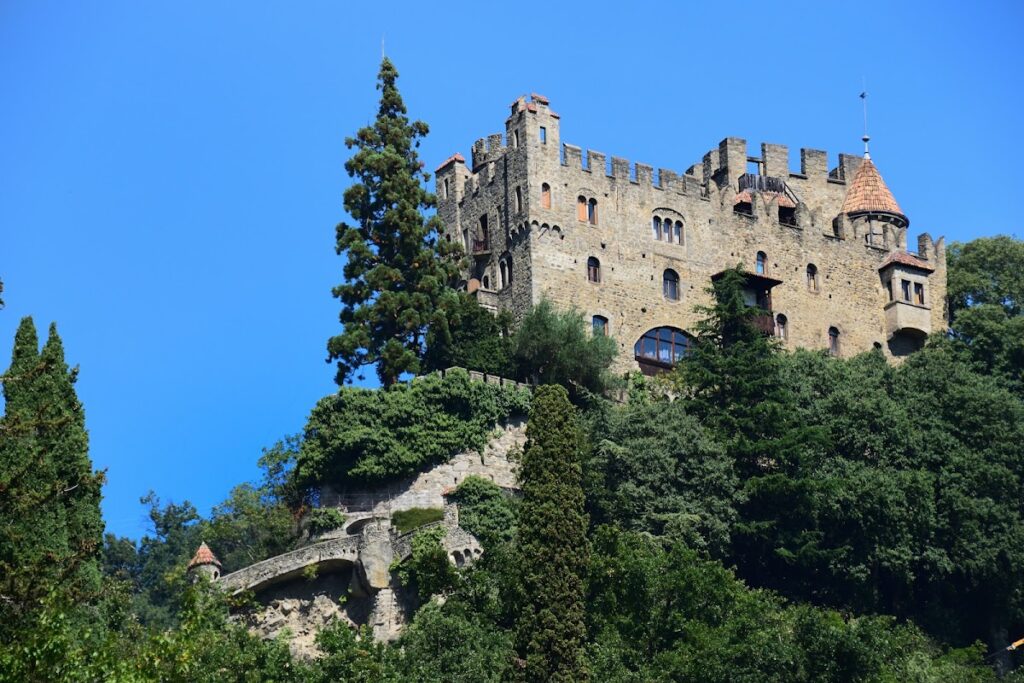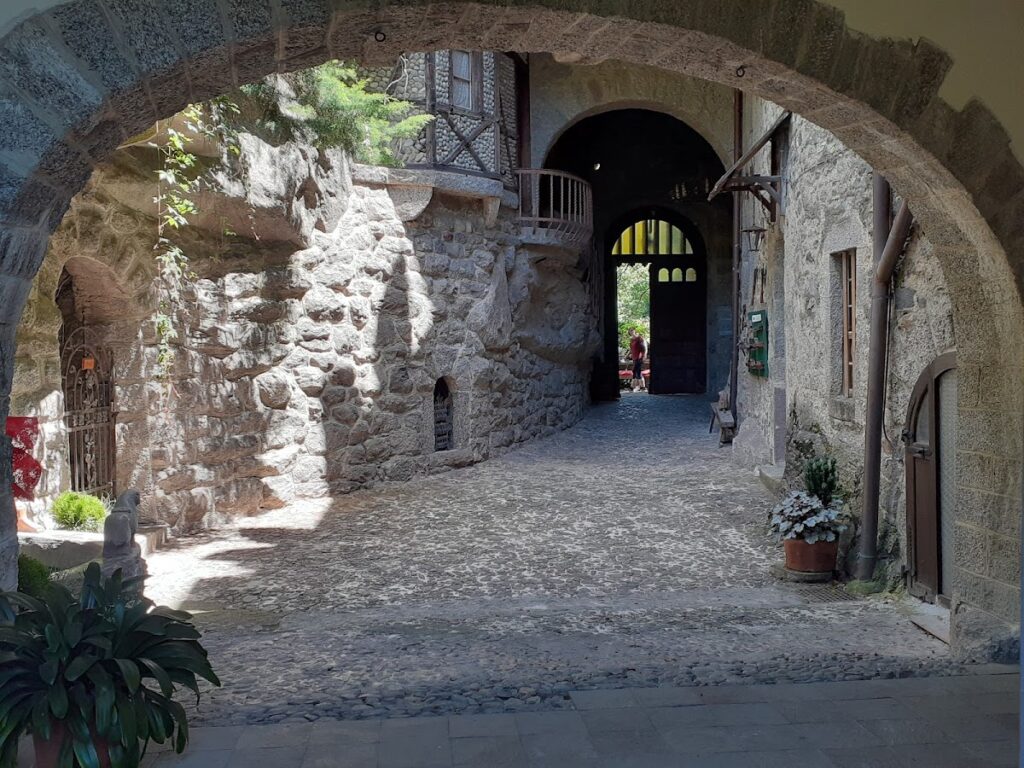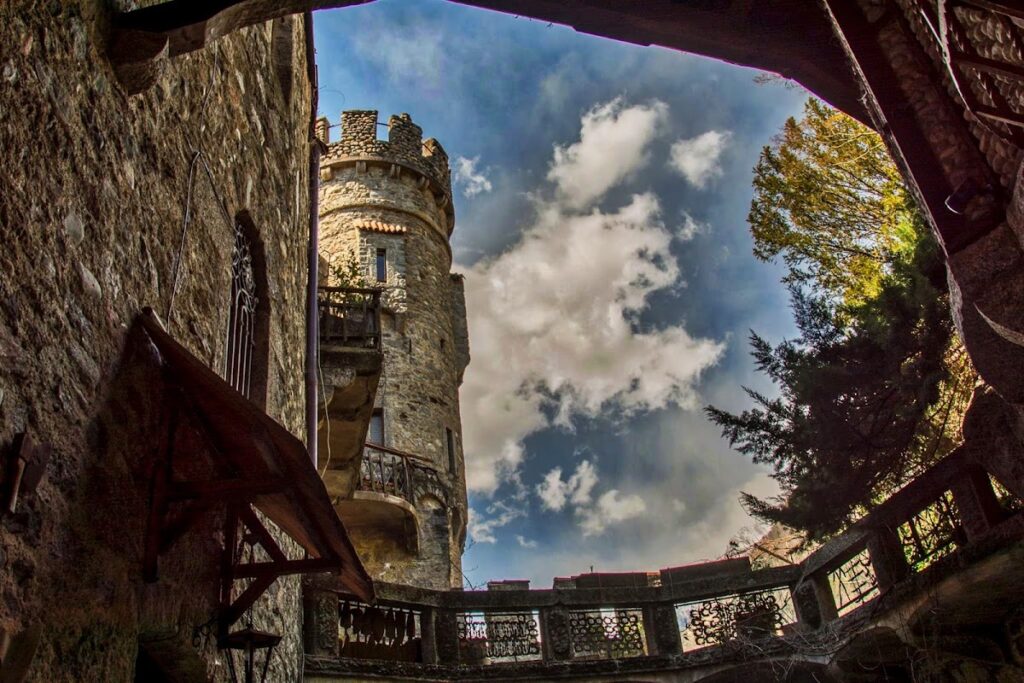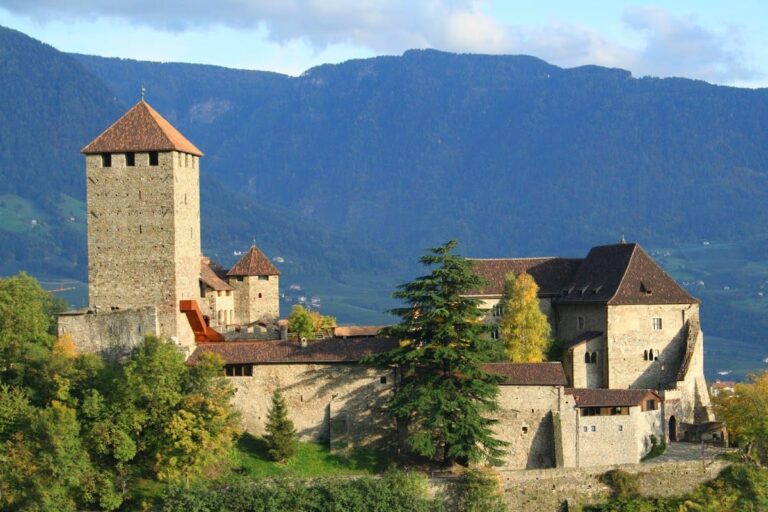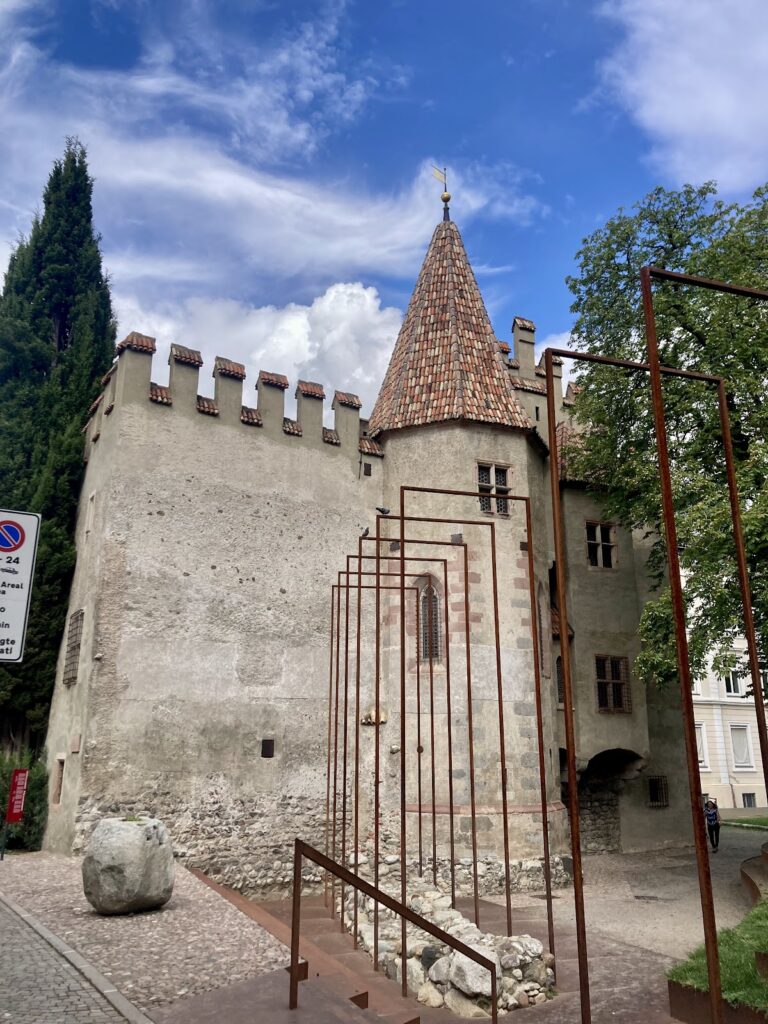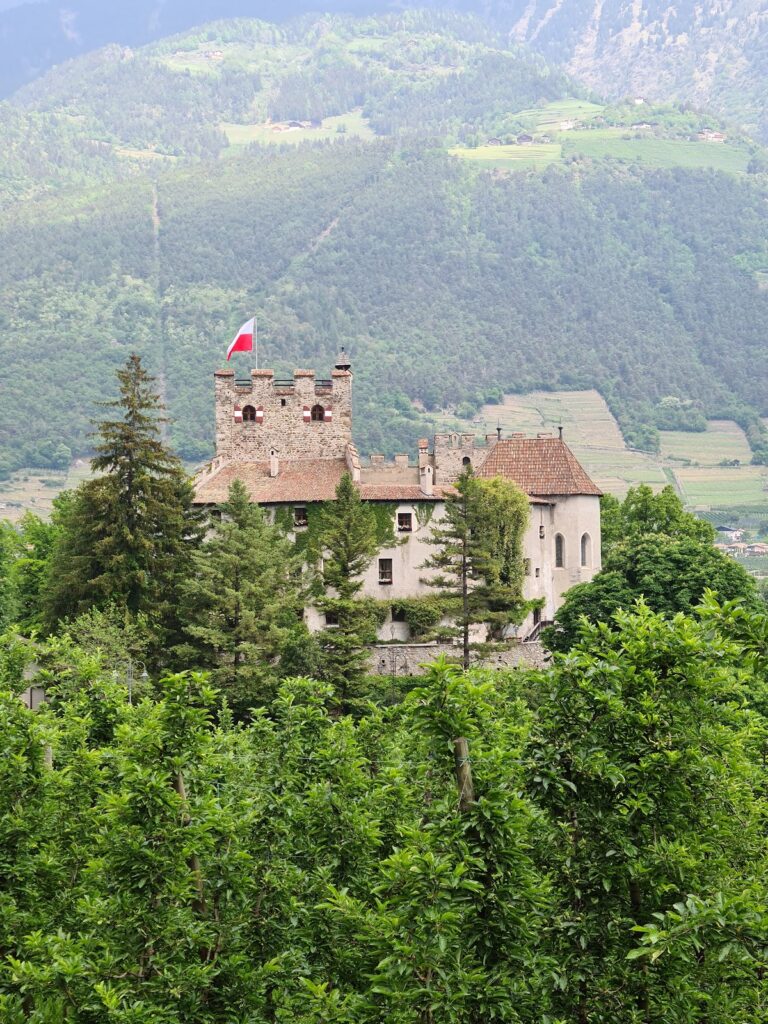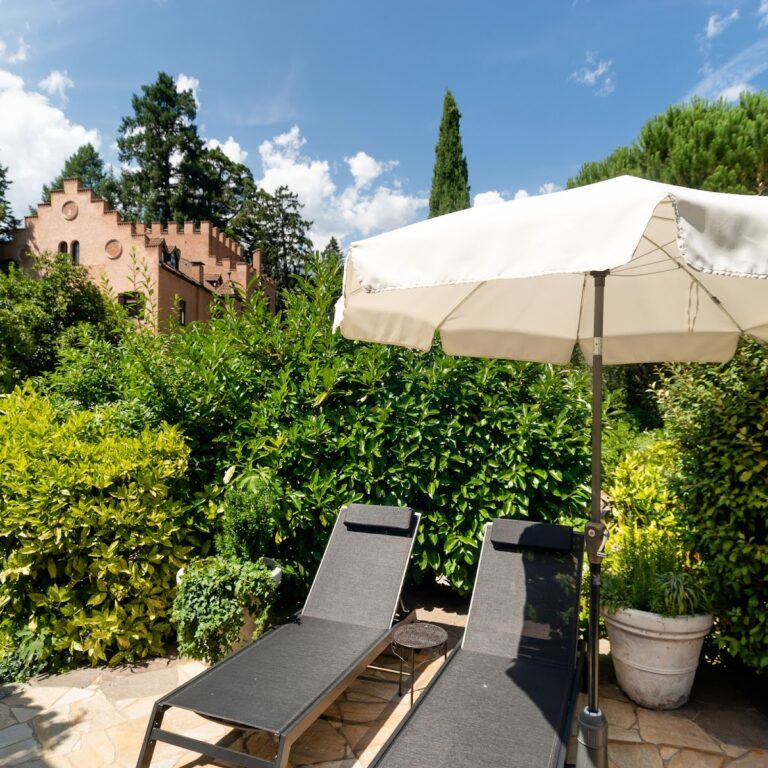Brunnenburg: A Medieval Hill Castle in South Tyrol, Italy
Visitor Information
Google Rating: 4.4
Popularity: Low
Google Maps: View on Google Maps
Official Website: www.brunnenburg.net
Country: Italy
Civilization: Unclassified
Remains: Military
History
Brunnenburg is a medieval hill castle situated near the municipality of Tirol in present-day Italy. It was originally constructed in the mid-13th century by Wilhelm Tarant, a vassal serving Count Albert III of Tyrol. This early period marks its foundation within the feudal structure of the Tyrolean region.
In the centuries that followed, Brunnenburg changed hands several times among notable figures. In 1356, it was acquired by Heinrich and Johann von Bopfingen; Heinrich served as a priest and was captain of Tyrol, while Johann was known as a Minnesänger, or medieval lyric poet. The castle’s ownership shifted again in 1421 when Ulrich Putsch, a chaplain to Duke Frederick IV and later bishop of Brixen, took possession. Subsequently, in 1457 the property passed to Hans (or Johann) von Kripp, whose family maintained control until the early 19th century, specifically until 1812.
By the year 1600, contemporary descriptions recorded Brunnenburg as an aged and ruined fortress. Efforts to restore the damaged structure began in 1705 under Gregor Hofer, a local farmer. Further restoration occurred in 1884, undertaken by Michael Sonnenburger, the then mayor of Tirol. During behalf of Sonnenburger, a shooting event was organized at the castle in 1889, notably attended by Archduke Franz Ferdinand of Austria.
In the early 20th century, significant changes were made by industrialist Karl Schwickert, who purchased Brunnenburg in 1903. Schwickert initiated an extensive restoration in a neo-Gothic style, reshaping the castle with architectural influences inspired by the fairy-tale palaces of Bavarian King Ludwig II and castle designs from the Rhineland region. However, Schwickert’s death in 1927 halted the renovations, and the castle entered a period of renewed decline.
A new chapter began in 1955 when Prince Boris de Rachewiltz, an Egyptologist married to Mary de Rachewiltz—the daughter of the American poet Ezra Pound—acquired the castle. Ezra Pound resided at Brunnenburg from 1958 until his death, composing the final six of his 116 Cantos during this time. Since 1974, Brunnenburg has served as an agricultural museum dedicated to South Tyrolean rural traditions and hosts the Ezra Pound Center for Literature, affiliated with the University of New Orleans.
The castle’s name, recorded in historical documents as “Prunnenberch” in 1285 and “Brunnberg” in 1437, likely reflects a nearby water source, such as a spring, which was a common naming convention for medieval sites.
Remains
Brunnenburg stands as a hill castle (known in German as a Hangburg) positioned on a slope near Meran, South Tyrol. Its oldest sections can be securely dated to the 13th century, reflecting its medieval origins. The castle’s overall layout follows the traditional style of hilltop fortifications constructed during this era.
Much of the castle’s present appearance is owed to the large-scale restoration carried out in the early 20th century by Karl Schwickert. This renovation introduced neo-Gothic architectural elements, significantly altering the original medieval fabric. Schwickert’s design drew inspiration from the romanticized castles favored by King Ludwig II of Bavaria and styles characteristic of historic Rhineland castles, leading to a fairy-tale-like silhouette that dominates the hill today.
Despite these modifications, the castle remains a private residence for the de Rachewiltz family and incorporates functional spaces for the Ezra Pound Literature Center. Additionally, parts of Brunnenburg accommodate the Landwirtschaftsmuseum Brunnenburg, an agricultural museum focused on the customs and rural culture of South Tyrol.
Throughout its existence, the castle’s name has been linked to a nearby spring or water source, a feature important enough to leave a trace in its historical forms such as “Prunnenberch” and “Brunnberg.” This environmental aspect likely influenced both the original siting of the castle and its medieval nomenclature.
The surviving structures offer tangible testimony to centuries of adaptation, combining medieval foundations with stylistic layers imposed during the castle’s neo-Gothic revival. The building materials, construction methods, and detailed ornamental elements from these periods attest to Brunnenburg’s evolving role from a feudal fortress to a cultural monument.
